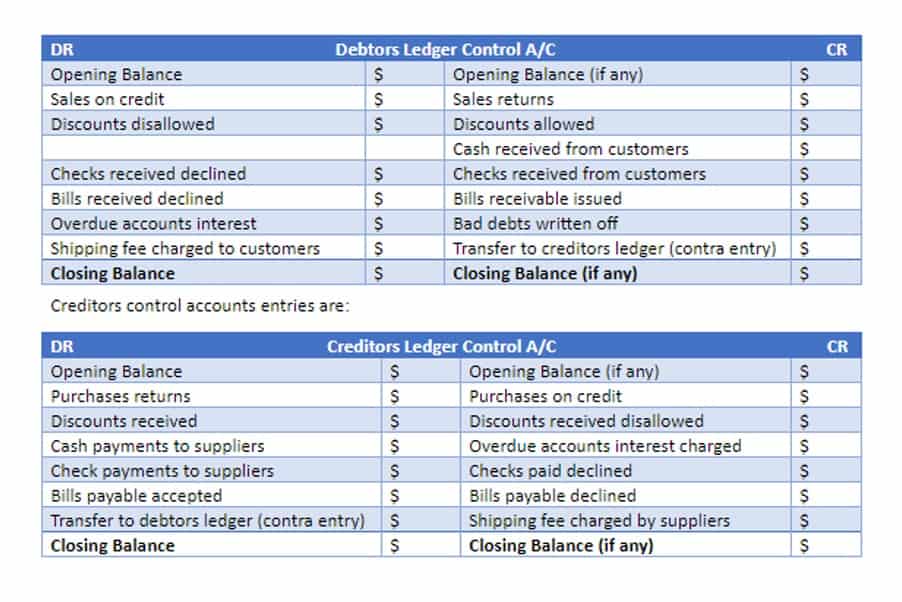
The foundation of error bar construction lies in the meticulous collection and organization of data. Ensure that your data is reliable, consistent, and representative of the population or phenomenon you aim to study. Utilize appropriate data collection methods, such as surveys, experiments, or observations, to gather relevant information. It is important to interpret the context of the results by considering external factors such as changes in the market or the company’s strategic decisions.
How To Use IMPORTRANGE Function In Google Sheets?
The year of comparison for horizontal analysis is analysed for dollar and percent changes against the base year. Horizontal analysis in accounting allows businesses to compare financial data across different time periods, providing a clear view of trends and growth patterns. One significant advantage is that it helps in identifying consistent growth or decline in revenue, expenses, and profits, enabling management to make informed decisions.

Analyzing Year-to-Year Changes

This type of analysis is also very useful if an investor wants to horizontal analysis formula determine the performance of a company prior to investing in the same. For example, an investor may want to evaluate the performance of a company over the past year– relative to the base year in order, to decide whether it is worthwhile investing in this company or not. Horizontal analysis is considered the most important financial statement analysis and for the annual reports.
Example 1: ABC Corp Income Statements Analysis
- This method enhances the understanding of financial performance and helps in strategic planning.
- An example of horizontal analysis is comparing amounts from a company’s balance sheet or income statement over subsequent time periods to observe trends.
- This identification is crucial for ensuring the accuracy and reliability of your findings.
- Horizontal analysis is your go-to method for comparing financial data across multiple periods.
- Horizontal analysis, also known as trend analysis, involves the comparison of financial statement data across multiple periods to identify trends, patterns, and changes.
If you use Layer, you can even automate parts of this process, including the control of data flows, calculations, and sharing the results. One of the Retail Accounting primary benefits of horizontal analysis is its ability to highlight significant fluctuations in financial metrics. This can include revenue growth, expense variations, and changes in asset values.


One should ideally take three or more accounting periods/years to identify trends and how a company is performing from one year/accounting period to the next year/accounting period. Cash in the current year is $110,000 and total assets equal $250,000, giving a common-size percentage of 44%. If the company had an expected cash balance of 40% of total assets, they would be exceeding expectations. This may not be enough of a difference to make a change, but if they notice this deviates from industry standards, they may need to make adjustments, such as reducing the amount of cash on hand to reinvest in the business. The figure below shows the common-size calculations on the comparative income statements and comparative balance sheets for Mistborn Trading. The highlighted part of the figure shows the number used as the base to create the common-sizing.

The growth rates of 10%, 9.09%, and 8.33% indicate a positive trend in the company’s asset accumulation. Based on the horizontal analysis, we observe that Company B’s operating expenses have gradually increased over the three-year period. The growth rates of 10% and 9.09% indicate a consistent upward trend in the company’s expenses. A single item in a financial statement, such as net income, is often useful in interpreting the financial performance of a company. However, a comparison with prior periods often makes the financial information even more useful. For example, comparing net income of the current period with the net income of the prior period will indicate whether the company’s operating performance has improved.
- Real-time bookkeeping revolutionizes financial management by providing businesses with instant access to up-to-date financial data, improving cash flow tracking, expense management, and profitability analysis.
- We saved more than $1 million on our spend in the first year and just recently identified an opportunity to save about $10,000 every month on recurring expenses with PLANERGY.
- With this approach, you can also analyze relative changes between lines of products to make more accurate predictions for the future.
- Horizontal analysis improves and enhances the constraints during financial reporting.
- Given how 2020 was so widely different from years past, it’s hopefully an outlier for many industries as the global economy begins to recover from the pandemic.
Industry Benchmarking and Peer Analysis
Comparing costs like COGS and operating expenses across periods how is sales tax calculated and finding what could be more efficient is also a common use case for horizontal analysis. A manufacturer might notice that its expenses are rising faster than its sales, and closely look at cost control. When data is simplified into clear side-by-side comparisons, businesses can find trends and make informed decisions easier. Horizontal analysis is especially useful in manufacturing, retail, and technology, simply because tracking revenue growth, cost control, and profitability in those industries over time is key. It’s also useful in industries with seasonal patterns (consumer goods, hospitality, etc). Though this format does take longer to create, it makes it much easier to spot trends and get a look at business performance compared to the previous year or previous quarter.

發表評論